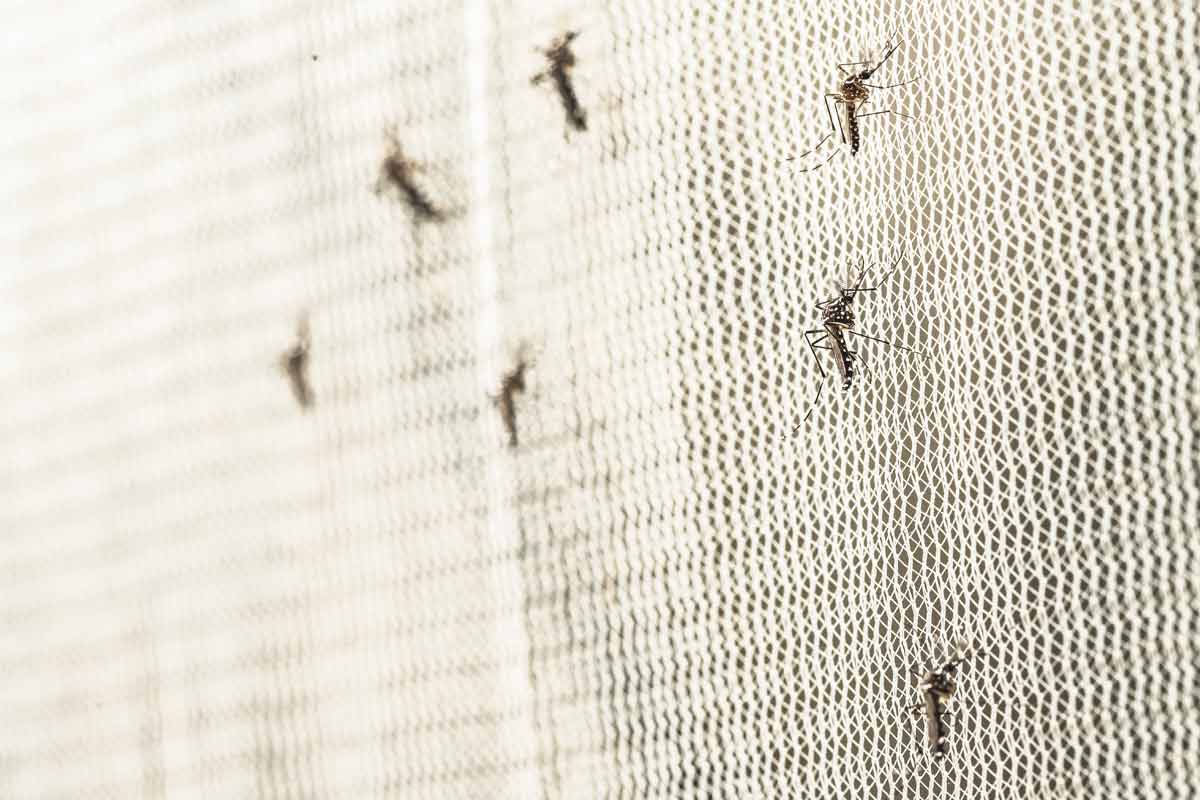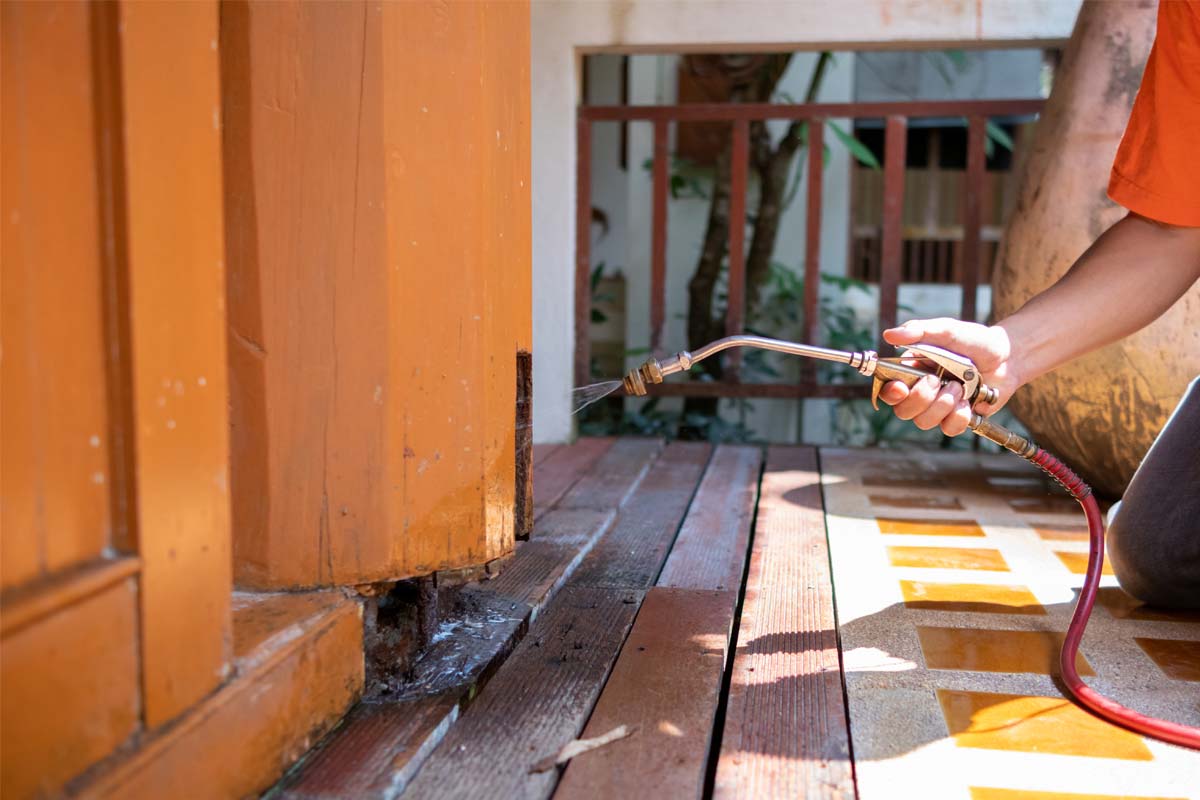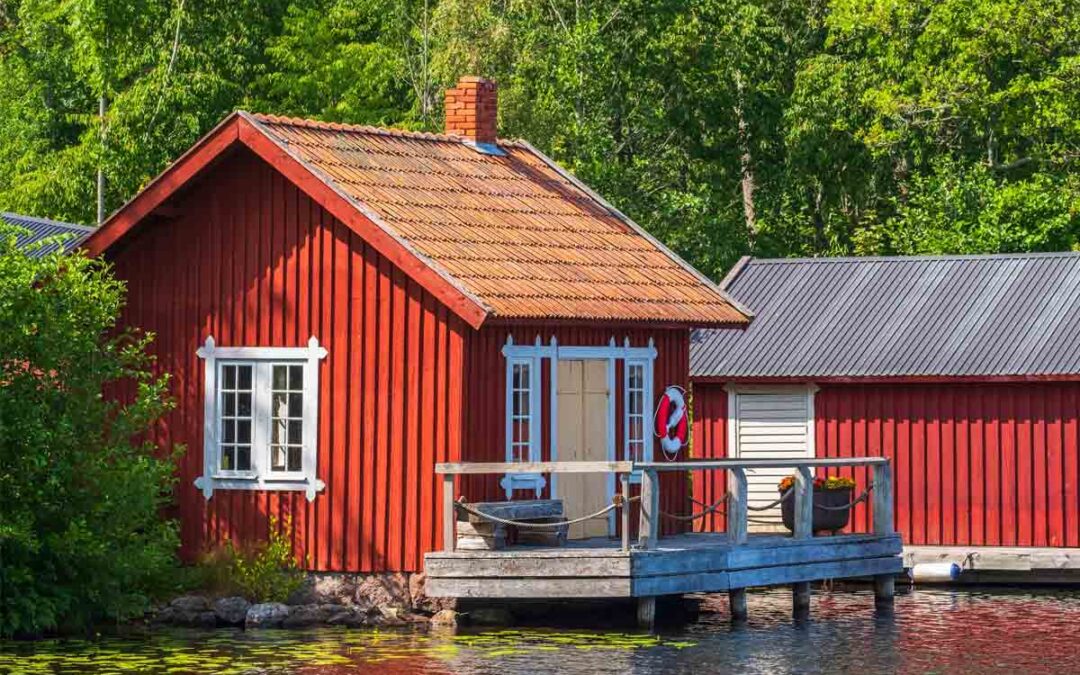Waterfront cottage ownership offers a peaceful lifestyle with serene views and close proximity to nature. However, this proximity also presents challenges, including increased pest presence. Water bodies and ecosystems create ideal breeding grounds for insects and rodents, necessitating effective pest control.
Here are some practical tips and strategies for managing pests effectively in your waterfront cottage.
The Unique Challenges of Waterfront Pest Control
- Elevated Moisture Levels
High humidity and the constant presence of water create damp conditions favoured by many pests. Areas like crawl spaces, basements, and decks near the water’s edge are particularly susceptible to moisture buildup, attracting insects like mosquitoes, midges, and certain types of ants, as well as promoting mould growth which can attract other pests.
- Abundant Vegetation and Natural Debris
Lakeside environments typically feature dense vegetation, fallen leaves, and decaying wood. This natural debris provides ample food sources and hiding places for pests ranging from spiders and insects to rodents, making eradication more complex than in sparser landscapes.
- Proximity to Wildlife Corridors
Waterways often serve as natural corridors for wildlife movement. This increases the likelihood of larger animals and rodents, such as mice, rats, raccoons, or even squirrels, seeking shelter or food sources within or around the cottage structure, potentially causing damage and introducing parasites.
- Seasonal Pest Fluctuations
Pest populations near water bodies experience significant seasonal variations. Spring thaws can lead to surges in mosquito and black fly populations, while autumn may see rodents seeking warmth indoors and cluster flies congregating on sunny walls. Management requires year-round vigilance adapted to these cycles.
- Structural Vulnerabilities of Waterfront Buildings
Docks, boathouses, decks, and older cottage structures often possess numerous potential entry points for pests. Constant exposure to moisture and weather can accelerate the deterioration of wood and seals, creating gaps and cracks that insects and rodents readily exploit for access.
- Environmental Sensitivity Concerns
Pest control methods must be carefully selected to minimize impact on the sensitive aquatic ecosystem. Runoff carrying pesticides into the lake can harm fish and other aquatic life. Regulations, such as those overseen by provincial environment ministries and Health Canada regarding pesticide use near water, must be strictly followed.
Common Waterfront Cottage Pests and How to Identify Them

- Mosquitoes
These small, flying insects are notorious for their itchy bites and potential to transmit diseases. They breed in stagnant water. Identification is straightforward: observe small flying insects, especially active at dawn and dusk near water or damp areas and recognize their characteristic high-pitched buzzing sound and bite marks.
- Rodents (Mice and Rats)
These mammals seek food and shelter, potentially causing significant structural damage and health risks. Identification relies on finding gnaw marks on wood or wires, small dark droppings (rice-grain sized for mice, larger for rats), hearing scratching noises in walls or attics, or sighting the animals themselves.
- Wasps, Hornets, and Bees
Stinging insects build nests in various locations, including eaves, attics, trees, or underground. Identification involves observing the insects flying near potential nesting sites or locating the nests themselves (papery structures for wasps/hornets, potentially wax combs for bees, though honeybees are less common invaders). Caution is advised due to sting risk.
- Cluster Flies
Often mistaken for house flies, cluster flies are slightly larger, darker, and more sluggish. They congregate in large numbers, particularly in autumn, seeking overwintering sites in attics and wall voids. Identification is based on finding large aggregations of these slow-moving flies, especially on sunny exterior walls or indoors near windows.
Proactive Pest Prevention Strategies for Your Lakeside Cottage
- Seal Potential Entry Points
Thoroughly inspect the cottage exterior for cracks, gaps, or holes in foundations, siding, and around windows, doors, and utility penetrations. Use caulk, weather stripping, and fine mesh screens on vents and chimneys to block access routes for insects and rodents. Ensure doors and windows close tightly.
- Manage Moisture and Humidity
Address sources of excess moisture. Ensure gutters are clean and downspouts direct water away from the foundation. Grade the landscape to prevent water pooling near the structure. Use dehumidifiers in damp areas like basements or crawl spaces. Fix plumbing leaks promptly.
- Maintain Landscaping and Yard
Keep trees and shrubs trimmed back from the cottage walls and roofline, removing potential “bridges” for pests. Regularly clear fallen leaves, woodpiles, and other debris from the yard, eliminating potential harbourage sites. Keep grass mown to reduce tick and insect populations.
- Implement Proper Waste Management
Store all rubbish, recycling, and compost in containers with tight-fitting lids. Position bins away from the cottage structure if possible. Clean spills promptly, especially outdoors on decks or patios, to avoid attracting ants, wasps, and rodents looking for food sources.
- Strategic Exterior Lighting Choices
Minimize attracting night-flying insects by using sodium vapour or yellow “bug lights” for exterior illumination, as these are less attractive to insects than white or blue-toned lights. Consider using motion-activated lighting instead of continuous illumination near entryways.
- Use Eco-Friendly Methods for Controlling Pests
Prioritize non-chemical control methods like sealing entry points and managing moisture. If pesticides are necessary, choose targeted applications (baits, spot treatments) over broad spraying. Select products approved by Health Canada’s Pest Management Regulatory Agency (PMRA) and follow label directions precisely, especially regarding use near water bodies to prevent runoff and protect aquatic life. Consider Integrated Pest Management (IPM) principles which emphasize monitoring and least-toxic methods first.
When to Call the Professionals

- Persistent or Recurring Infestations
Despite repeated DIY efforts using store-bought products, the pest problem continues or returns shortly after treatment. This often indicates a larger, hidden infestation source or incorrect pest identification requiring professional assessment and more robust treatment strategies.
- Potential Health Risks Involved
Infestations involving pests known to carry diseases (like rodents transmitting Hantavirus via droppings) or pose significant allergic reaction risks (large wasp/hornet nests) should be handled by trained professionals equipped with appropriate safety gear and knowledge of safe removal techniques.
- Inaccessible Pest Locations
Pests nesting or congregating in hard-to-reach areas like high eaves, attics, wall voids, chimneys, or complex crawl spaces often require specialized equipment and techniques for effective treatment and removal. Professionals possess the tools and training for safe access and application.
- Difficulty Identifying the Pest
If you are unsure about the specific type of pest causing the problem, accurate identification is critical for choosing the correct treatment method. Pest control professionals are trained in pest identification and biology, ensuring the correct approach is used for effective elimination.
- Large-Scale Infestations or Nests
Dealing with extensive rodent populations, widespread ant colonies, or large, active wasp or hornet nests presents significant challenges and safety risks. Professionals have access to commercial-grade products and methods suitable for tackling large-scale problems efficiently and safely.
Maintaining a waterfront cottage requires ongoing pest management due to its unique environmental factors. Proactive prevention strategies like sealing entry points, managing moisture, and proper waste disposal are crucial. Identifying common pests like mosquitoes, spiders, rodents, and carpenter ants allows for early intervention. Acknowledging the limitations of DIY methods and recognizing when professional assistance is needed is essential for persistent infestations, structural damage threats, health risks, and hard-to-reach pests.
For comprehensive pest control solutions tailored to waterfront cottage properties in Central Ontario, consider contacting Mr. Pest Control. We offer services across various locations: call (705) 739-7378 (PEST) for Barrie and Simcoe County, (705) 326-3377 for Orillia, or (705) 739-7378 for Midland & Area.



